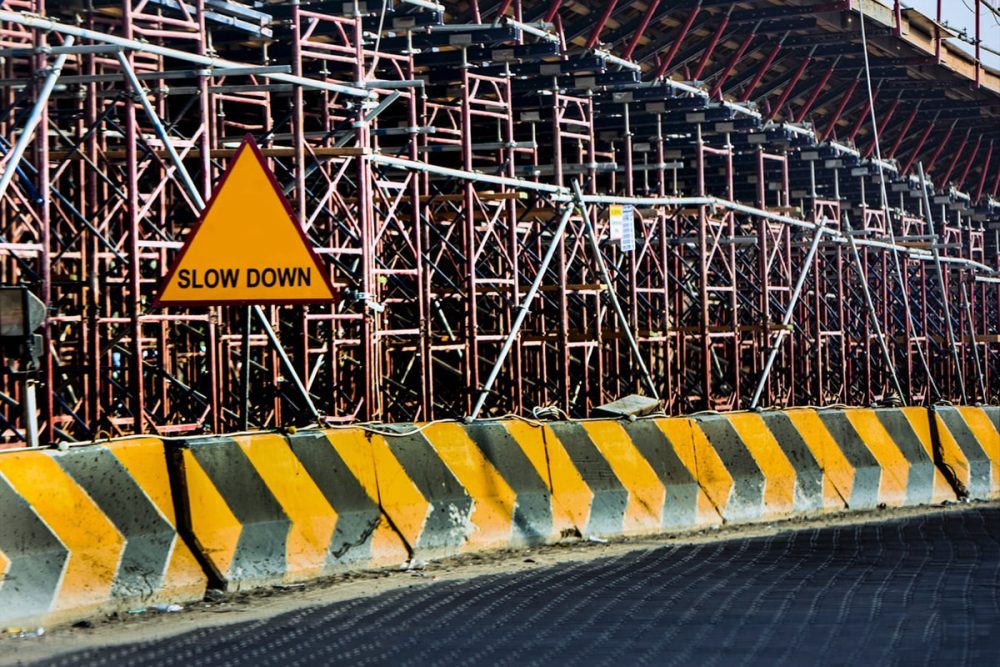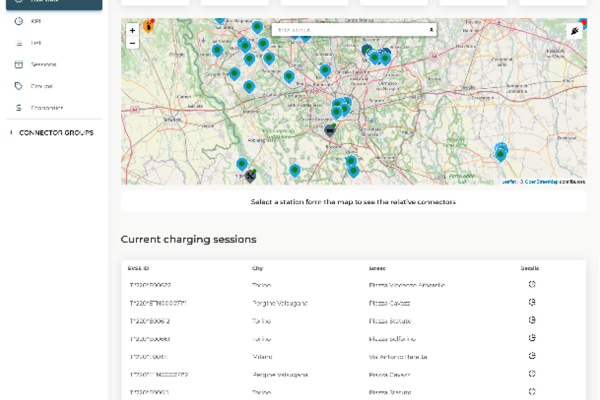Many companies fool themselves into thinking that they can save money by reducing or ignoring workplace safety completely. Failure to install adequate safety procedures can result in serious injuries and fatalities, which ultimately affect the bottom line. Accidents at work are expensive due to medical costs, lost workdays, and insurance expenses. Let’s not forget about the hidden costs. It’s necessary to replace the tools and equipment and hire new employees. Lost time from absenteeism translates into lost orders and billing opportunities, not to mention failure to meet production deadlines. The incident can impact the reputation of the business. Bad publicity or shaming can come in the wake of a job-related injury.
HSE Statistics Reveal Increase in Fatal Accidents
The Health and Safety Executive, which regulates workplace health and safety in the UK, released the annual workplace fatality figures for 2020/21. Even if there’s been a reduction in non-fatal work accidents, there’s been an increase in the number of fatal accidents. A total of 142 individuals were killed at work, an increase of 29 from the previous year. Inadequate application or absence of health and safety procedures gives rise to more accidents. There are serious implications for people, their families, employers, the government, and wider society. The numbers clearly demonstrate the overall cost borne by people who suffer accidents at work. More often than not, incidents of this kind are overlooked or downplayed by employers.
If an employer is grossly negligent, and that results in harm to a worker, they’re legally liable for the accident. Under the Health and Safety at Work Act1974 (abbreviated HASAWA), the employer is compelled to ensure health and safety in everyday work. Common accidents at work include but aren’t limited to:
- Being injured by machinery or tools
- Slips, trips, and falls
- Repetitive strain injuries
- Back injuries
The amount of compensation the injured party receives is unique to the claim and the particular circumstances surrounding the accident. The victim can use a compensation calculator to estimate the payout for an accident at work in the UK. When the legal dispute goes to court, the solicitor’s fees, lost time from work, travel expenses, and court costs are significantly higher.
The Business Case for Boosting Workplace Safety Is Clear
Companies that have a solid safety culture and make efforts to invest in and implement effective safety processes build a positive and respectable image. Their bottom line benefits positively, not to mention that the company’s reputation remains intact. Employees benefit through:
- Greater job satisfaction and security
- Better health
- Positive attitude at home and at work
Establishing a program for injury prevention helps reduce work-related accidents and enhances employee-related, business, and compliance benefits. The money saved now from not implementing safety processes has an enormous cost later. When it comes to reducing expenses in business, it’s not recommended to cut back on workplace safety.
Vital Steps to Making the Workplace Safer for Employees
Carry Out a Risk Assessment
A risk assessment involves a thorough inspection of the workplace to identify hazards that can impact the organisation’s ability to conduct business and see what could happen if a hazard occurs. Examples of hazards include:
- Biological (bacteria, viruses, insects, etc.)
- Physical (noise, heights, radiation, pressure, etc.)
- Chemical (asbestos, paints, cleaning agents, pesticides, petroleum, etc.)
- Safety (exposed wires, damaged carpet, etc.)
- Ergonomic (manual handling, poor workstation, etc.)
- Psychosocial (high job demands, poor supervisor support, workplace violence)
It’s beneficial to companies to ensure they’ve minimised the potential for harm.
Maintain And Inspect Machinery
Machinery is used in construction, manufacturing, and many other types of industrial workplaces. They play a direct role in the organisation’s production, efficiency, and even profit. Accidents due to machinery malfunctions happen every day. This is why it’s important to make sure the machinery is regularly inspected and maintained. Inspection is necessary for any work equipment that poses considerable risks to health and safety. Extensive examinations should be carried out every few months. Performing too many assessments in a short period of time makes it impossible for employees to complete their tasks.
Provide Appropriate PPE
Personal protective equipment is a crucial component of any safe workplace. Injuries and illnesses can result from contact with electrical, chemical, mechanical, or radiological hazards. PPE can include gloves, coveralls, hard hats, muffs, safety glasses, and shoes. They should be stored in an appropriate environment. Most importantly, workers should know what personal protective equipment is necessary, how to wear it properly, and what limitations the equipment has. Although PPE helps protect employees from countless hazards, they do have certain limitations. Safety glasses, for instance, don’t protect against chemical splashes.
Train Employees on Safety
Health and safety training teams up employers and employees in the pursuit of a common goal: building a safer workplace. People in the organisation should undergo comprehensive training on safety protocols, with a focus on first aid, fire safety, machinery, equipment, and emergency drills. Training shouldn’t be packed with technical jargon and outdated references. Most importantly, practice should be prioritised over theory. Rather than focusing on rules, regulations, and codes of conduct, you’d better include simulations and stories. It’s necessary to set a realistic budget that includes outsourcing tasks. There should be enough room for unexpected expenses.
Put Up Warning Signs and Labels
Finally, yet importantly, place warning signs and labels. Mandatory signs in the workplace are:
- Emergency exit signs
- Fire safety signs
- Road traffic regulations within the workplace
- Prohibition signs
The signage should meet the colour and design principles prescribed by regulations. By using safety signs, you can create awareness and increase regulatory compliance. Even experienced workers need reminders at some point. Reminders counteract memory failures.
Given the potential for harm, warning labels help inform people about hazards. Once the label has attracted the person’s attention, they’ll proceed to read/understand its information. You can add information in languages other than English. The question now is: What should be on the label? Required elements are product identifier, pictogram, signal word, hazard statement, precautionary statement, and the name, address, telephone of the manufacturer.








